Paying off debt can be a huge step in growing your financial foundation and raising your net worth. No matter where you are in your money journey, if you’re like the vast majority of US consumers, you are carrying some debt—73% of Americans have debt, and 56% of those people believe they will never escape.
Whether it’s a student loan, medical bills, credit card, or other debt, getting a handle on your debt is imperative. Otherwise, the interest alone can multiply what you owe to daunting levels. But be mindful of how you pay down debt; keep a few key strategies in mind and be careful of the tendency to debt dump when you’re not sure what to do next.
Using your money strategically looks different for everyone
We typically take on debt as a way of consuming goods and services. Even if you’re a total newbie at managing your finances, if you have any kind of debt, there’s already a monthly payment due. Some financial pundits suggest that we should avoid debt at all costs no matter what, but they are not telling the whole story. After all, debt is not only used to get stuff and go on vacations; debt can be used for education, real estate, starting up a business—those are all ways to leverage debt towards acquiring assets that will raise your worth over time.
Here’s where it pays to get very clear on your financial goals: taking on (or keeping) debt can be a strategic way to actually make those bigger goals happen. Unless you have a giant pile of cash lying around, starting the business of your dreams or purchasing a house might require you to have some debt at first. It’s all part of the plan!
There are two ways to take advantage of the leverage that debt can provide.
Putting some cash toward an investment. Throwing all of your available cash at your debt is one way of dumping it fast so that you can move on, but you can cut your future well off if you do it too aggressively. For example, you could be investing a reasonable amount towards real estate, stocks, Roth IRAs, 401K, and other things that set you up for future success. You’ll still be paying your debt, but you’ll be incrementally building your wealth at the same time. Depending on the rates, your money could potentially go farther this way.
Taking on debt in order to gain assets. A mortgage or a small business loan represents a practical means to an end—unless you’re independently wealthy, you’ll need help in order to buy real estate or start your own enterprise. Having a good credit score can get you the best interest rates, so keep that in mind when planning your next investment. That might mean you’ll need to pay down some debt in advance. Throwing all of your money at debt, though, can leave you shortchanged in the long run because you’ll still need funds for other items. Let’s talk more about the pros and cons of debt dumping.
Why debt dumping isn’t usually the best move
Debt dumping refers to getting rid of all your debt as fast as possible, using aggressive paydown methods that can cut into your available finances, throwing all the coal in the fire, so-to-speak. Does it work? It can, yes. But the risks are worth a closer look.
Leveraging your money and financial assets is a clever way to build your wealth. If you’ve heard the phrase, ‘it takes money to make money,’ the same is true when it comes to creating a more stable financial future. If you were to eat all of your food in two days, what would you eat the rest of the week? Nothing. The same concept applies to money. If you use all of it to pay down your credit cards today, you won’t have any to spend on food or supplies tomorrow. Instead of debt dumping, start with properly tracking your money, then try a different debt approach.
Alternative Methods to Debt Dumping
- The snowball method – The first step is to start with paying down the debt with the smallest outstanding balance.
- The avalanche method – With this method, you will put excess money towards the debt with the highest interest rate first.
- The debt fireball method – Start with categorizing all debt as either good or bad. (Debts with a less than 7% interest rate are “good.” Debts with a higher than 7% interest rates are bad.) Then, start with paying down the debt with the smallest outstanding balance in your “bad” debt category.
According to the Federal Reserve, American household debt hit a record $14.6 trillion in the spring of 2021. If you have no idea what to do with your debt, you’re definitely not alone. But I am here to tell you something different than the other financial gurus out there. I’m here to say that you can start making debt work for you. Instead of being afraid of your debt, let’s face it together and get strategic about when and how to pay it down. If you’re looking for a community of women to support your money goals this year, join mine. If you are looking for help getting your $hit together or learning how to pay down your debt and invest your money going forward, sign up for my next GIT Elevated Money Course today.
